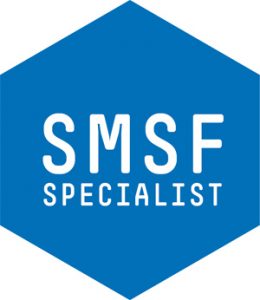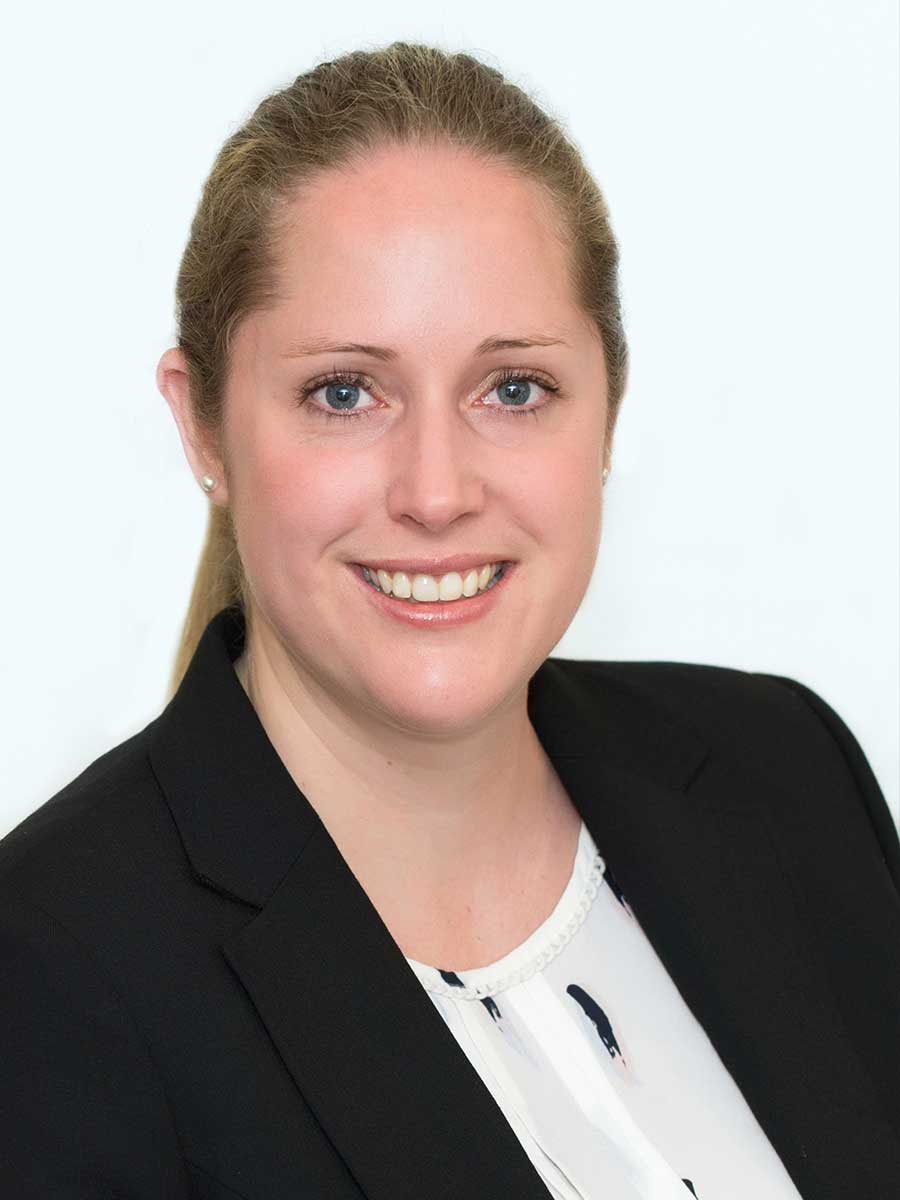The ATO has updated its guidance on navigating COVID-19 LRBA relief complexities in consideration of Division 7A rules and the processes in the application of NALI.

The ATO has released new guidance on the COVID-19 limited recourse borrowing arrangements (LRBA) repayment relief and its interactions with Division 7A which is now available online.
The Tax Office recommended the guidance if an SMSF has an LRBA from a related private company where Division 7A applies and there has been negotiated repayment relief with the lender on commercial terms as a result of the financial impacts of COVID-19.
“The new guidance is here to help SMSF trustees determine how to avoid the application of non-arm’s length income (NALI) rules, especially if unpaid interest has not been capitalised on the loan during the payment deferral period,” the ATO said.
In a previous blog with SMSF Adviser, DBA Lawyers director Daniel Butler said when dealing with limited recourse borrowing arrangements (LRBAs), it is important to understand the consequences that may arise where the LRBA is not implemented and maintained on a proper basis.
“This is especially so in the case of a self-managed superannuation fund (SMSF) undertaking a related-party LRBA,” Mr Butler said.
“The terms and conditions of such an LRBA should either comply with the ATO’s safe harbour criteria in PCG 2016/5 or be benchmarked with arm’s length evidence.
“Having an LRBA that is not properly implemented and maintained can result in non-arm’s length income (NALI) and other potential contraventions of the Superannuation Industry (Supervision) Act 1993 (Cth).”
In the new guidance, the ATO reminded that the super law does not specify the type of trust that must be used as a holding trust in an LRBA.
The law specifies only that the SMSF trustee must have a beneficial interest in the asset being held in the holding trust and the right to acquire legal ownership of that asset after making one or more payments, the ATO noted. In addition, for the special in-house asset rule to apply, the asset must be the only property of the holding trust.
“More complex trusts are unlikely to satisfy the requirement that the SMSF trustee has the necessary interest in a particular asset of the holding trust. For example, a discretionary trust could not be used, nor could the SMSF trustee be one of a number of unit holders in a unit trust,” the ATO said.
“We understand that temporary repayment relief may be offered in relation to an existing LRBA between an SMSF and a lender (which can be a related or unrelated party) due to the financial effects of COVID-19.
“This repayment relief may involve the lender accepting that loan repayments are deferred for a certain period.
“It might also require interest to be capitalised on the loan during the deferral period and allow for the loan to be extended to reflect the repayment relief. The variation in loan terms might also mean that the SMSF is no longer able to meet the safe harbour loan terms that we accept are consistent with an arm’s length dealing.”
The guidance also outlines the processes on requesting to extend the time to make minimum yearly repayments for COVID-19-affected borrowers under section 109RD.
“When there is a complying loan agreement between a private company (and certain interposed entities) and a borrower under section 109N, the borrower must make the minimum yearly repayment (MYR) by the end of the private company’s income year,” the ATO said.
“This avoids the borrower being considered to have received an unfranked dividend, generally equal to the amount of any MYR shortfall (referred to as the shortfall).”
Tony Zhang
29 March 2021
smsfadviser.com























